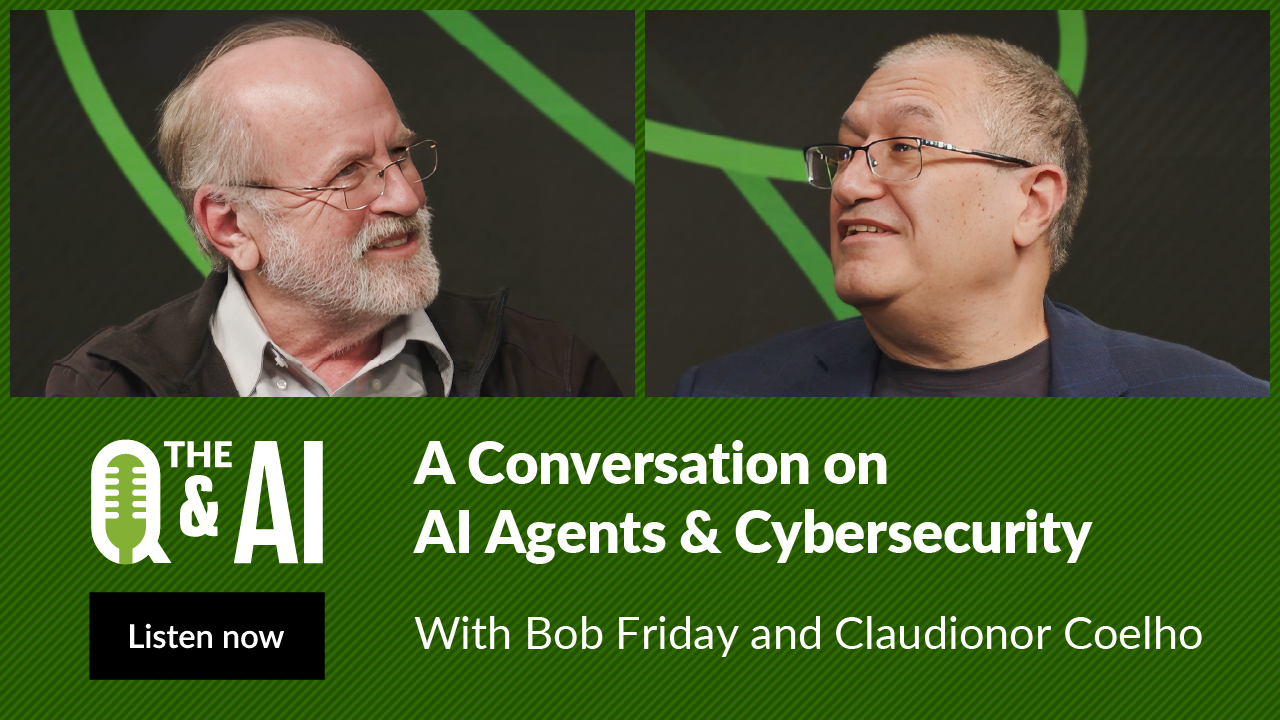

Security
Evolving for the next-gen, next-decade, and next big threat
Top picks

Securing AI Clusters, Juniper’s Approach to Threat Protection with Juniper Networks

The Q&AI: AI Agents & Cybersecurity - A Conversation with Claudionor Coelho

2025 ZKast #35 with Rami Rahim, CEO of Juniper Networks at MWC25

Juniper Mist Access Assurance - Network Access Control High Availability

Juniper Beyond Labs & Quantum Bridge Partnership Fireside Chat 3: Introducing our newest partner

Juniper Beyond Labs & Quantum Bridge Partnership Fireside Chat 2: Introducing our Joint Solution

Juniper Beyond Labs & Quantum Bridge Partnership Fireside Chat 1: Key Trends in Quantum Networking

Juniper State and Local Government solutions

NOW in 60: What is adaptive encryption?
Latest podcasts

Episode 17: AI Agents & Cybersecurity: A Conversation with Claudionor Coelho

Episode 3: From Reactive to Proactive: Enhancing Data Security

Elevate the Edge from the Juniper Analyst Summit with Samantha Madrid

Tech Bytes: Why SASE is an Architecture, Not A Product

Juniper Threat Labs Podcast: BlackByte Ransomware Attacks Critical Infrastructure

The Right Tool for the Edge: Living on the Edge

Curbing Ransomware Trends: The Role of Network Posture, Technology, Politics, and Regulation























